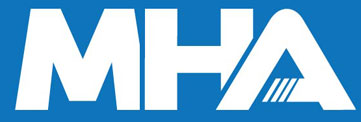Lifting Boxes Safely: Essential Techniques for Workplace Wellness
Date Posted:24 May 2024
With a commitment to safety and a proactive approach to injury prevention, employers and employees can work together to ensure a healthy and thriving workplace for all.
In workplaces where handling boxes is a common task, ensuring the safety of employees is paramount. Improper lifting techniques can lead to a range of injuries, from strains and sprains to more severe musculoskeletal disorders. However, with the right knowledge and techniques, employees can protect themselves from harm while performing lifting tasks. In this blog, we'll explore safe work techniques for lifting boxes, empowering workers to prioritize their health and well-being on the job.
Understanding the Risks
Lifting boxes may seem like a simple task, but it comes with inherent risks, especially when done incorrectly. Improper lifting techniques can strain muscles, ligaments, and joints, leading to acute injuries or chronic conditions over time. Back injuries, in particular, are common among workers who regularly lift heavy or awkwardly shaped boxes without proper precautions. Understanding these risks is the first step in preventing workplace injuries and promoting a safe working environment.
Proper Lifting Mechanics
The cornerstone of safe lifting is proper body mechanics. Employees should be trained to maintain a stable base, keep their back straight, and bend at the knees when lifting boxes. By engaging the muscles of the legs rather than the back, workers can distribute the weight more evenly and reduce the strain on their spine. Additionally, using a two-handed grip and holding the box close to the body can further minimize the risk of injury and improve lifting efficiency.
Assessing the Load
Before attempting to lift a box, employees should assess its weight and size to determine if it can be lifted safely. Boxes that are too heavy or bulky should not be lifted alone, and workers should seek assistance or use mechanical aids such as pallet jacks or hand trucks to transport them. It's crucial to listen to your body and recognize your limits, as attempting to lift a box beyond your capacity can lead to serious injury.
Planning and Preparation
Planning the lift in advance can help mitigate risks and ensure a smooth and safe lifting process. Workers should clear the pathway of any obstacles and ensure adequate lighting and visibility in the area. Wearing appropriate footwear with good traction can also help prevent slips and falls during lifting tasks. Taking these preparatory steps can minimize the risk of accidents and create a safer work environment for everyone.
Team Lifting and Communication
For heavier or bulkier boxes, teamwork is essential. Coordinating lifts with colleagues and communicating effectively can help ensure that the load is distributed evenly and that everyone is working together safely. Clear communication is key, and workers should signal when they are ready to lift and coordinate their movements to avoid collisions or accidents. By working as a team, employees can reduce the risk of injury and enhance overall efficiency.
Using Mechanical Aids
Mechanical lifting aids such as pallet jacks, hand trucks, and forklifts can significantly reduce the physical strain associated with lifting heavy boxes. These tools are designed to handle heavy loads safely and efficiently, allowing workers to transport boxes with minimal effort. Employers should provide proper training on the use of mechanical aids and ensure that equipment is well-maintained to prevent accidents or malfunctions.
Rest and Recovery
Lifting boxes can be physically demanding, especially when done repeatedly throughout the day. Taking regular breaks to rest and stretch can help prevent fatigue and reduce the risk of overexertion injuries. Simple stretching exercises targeting the back, shoulders, and legs can help loosen tight muscles and improve flexibility. Additionally, staying hydrated and maintaining proper nutrition can support overall muscle health and recovery.
Reporting Injuries and Near Misses
Despite our best efforts to prevent injuries, accidents can still occur. It's essential for workers to report any injuries or near misses related to lifting tasks promptly. Employers should have clear reporting procedures in place and encourage open communication about safety concerns. By addressing issues promptly and implementing corrective measures, employers can create a safer work environment and prevent future incidents.
Training and Education
Finally, ongoing training and education are critical for promoting a culture of safety in the workplace. Employers should provide comprehensive training on safe lifting techniques and ensure that employees understand the importance of following proper procedures. Regular safety meetings and refresher courses can reinforce these principles and keep safety top of mind for everyone. By investing in employee training and education, employers can empower their workforce to make informed decisions and prioritize their well-being on the job.
Safe work techniques for lifting boxes are essential for protecting employees from injury and promoting workplace wellness. By following proper lifting mechanics, assessing the load, planning and preparing for lifts, working as a team, using mechanical aids when necessary, taking breaks to rest and recover, reporting injuries and near misses, and investing in training and education, employees can minimize the risk of injury and create a safer and more productive work environment. With a commitment to safety and a proactive approach to injury prevention, employers and employees can work together to ensure a healthy and thriving workplace for all.
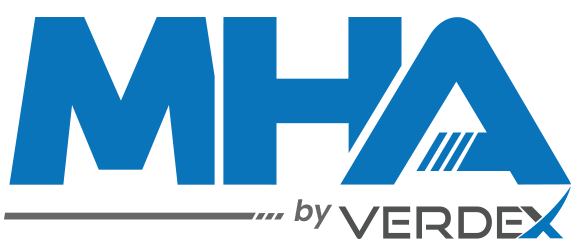


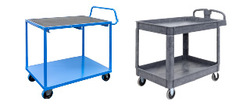
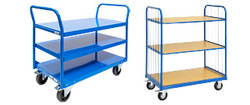
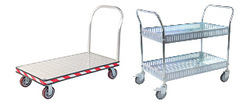

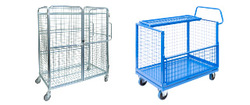
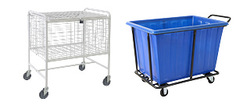

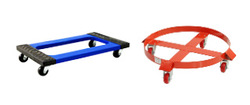

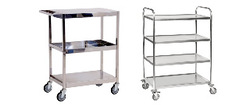

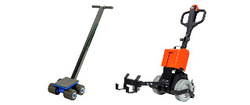

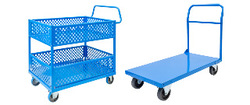
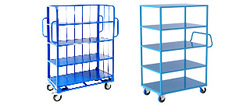
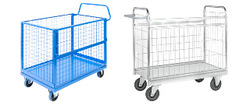
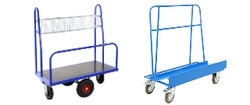
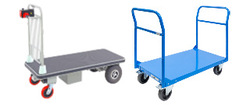
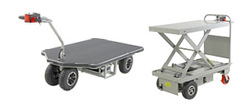




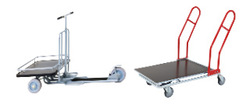
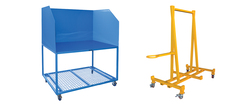











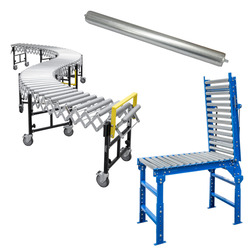





















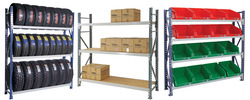
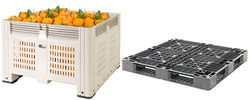




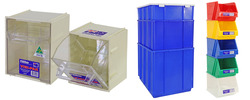

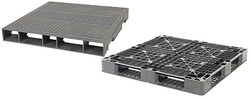

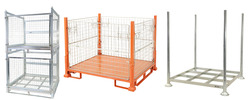
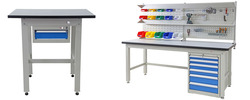
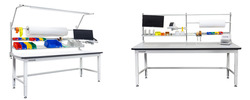

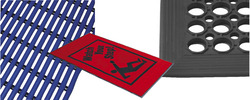
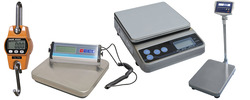







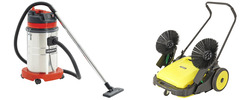











 Trolleys / Hand Trucks
Trolleys / Hand Trucks 2 Tier Trolleys
2 Tier Trolleys 3 Tier Trolleys
3 Tier Trolleys Aluminium Trolleys
Aluminium Trolleys Appliance & Hand Trucks
Appliance & Hand Trucks Cage Trolleys
Cage Trolleys Cleaning Carts & Trolleys
Cleaning Carts & Trolleys Construction Trolleys
Construction Trolleys Dollies
Dollies Foldable Trolleys
Foldable Trolleys Hospital Trolleys
Hospital Trolleys Laundry/Linen Trolleys
Laundry/Linen Trolleys Load Skates & Tow Tugs
Load Skates & Tow Tugs Mail / Office Trolleys
Mail / Office Trolleys Multi Purpose Trolleys
Multi Purpose Trolleys Multi-Tier Shelf Trolleys
Multi-Tier Shelf Trolleys Order Picking Trolleys
Order Picking Trolleys Panel Cart Trolleys
Panel Cart Trolleys Platform Trolleys
Platform Trolleys Powered Trolleys
Powered Trolleys Shopping Trolleys
Shopping Trolleys Stainless Steel Trolleys
Stainless Steel Trolleys Tool Trolleys
Tool Trolleys Utility Carts
Utility Carts Warehouse Trolleys
Warehouse Trolleys Custom Trolleys
Custom Trolleys Lifting Equipment
Lifting Equipment Forklift Attachments
Forklift Attachments Jib Attachments
Jib Attachments Lifting Hoists & Pallet Hooks
Lifting Hoists & Pallet Hooks Manual Stackers & Lifters
Manual Stackers & Lifters Pallet Jacks
Pallet Jacks Pallet Lifters
Pallet Lifters Pallet Rotators & Dispenser
Pallet Rotators & Dispenser Powered Pallet Trucks & Electric Lifters
Powered Pallet Trucks & Electric Lifters Scissor Lift Trolleys and Tables
Scissor Lift Trolleys and Tables Conveyor Equipment
Conveyor Equipment Conveyor Frames
Conveyor Frames Conveyor Stands
Conveyor Stands Roller Conveyors
Roller Conveyors Skate Wheel Conveyors
Skate Wheel Conveyors Access Equipment
Access Equipment Container & Yard Ramps
Container & Yard Ramps Step Stools & Ladders
Step Stools & Ladders Work Platforms & Crane Cages
Work Platforms & Crane Cages Drum Handling
Drum Handling Drum Storage & Bunding
Drum Storage & Bunding Drum Trolleys & Lifters
Drum Trolleys & Lifters Forklift Drum Handling
Forklift Drum Handling Containment & Spillage
Containment & Spillage Aerosol Cans Storage Cages
Aerosol Cans Storage Cages Bunded Pallets & Storage
Bunded Pallets & Storage Corrosive Goods Storage Cabinets
Corrosive Goods Storage Cabinets Flammable Liquid Cabinets
Flammable Liquid Cabinets Forklift Gas Storage Cages
Forklift Gas Storage Cages Gas Cylinder Storage
Gas Cylinder Storage Site Storage
Site Storage Spill Kits
Spill Kits Stillage Cages
Stillage Cages Waste Handling
Waste Handling Bin Lifters & Tippers
Bin Lifters & Tippers Plastic Waste Bins and Carts
Plastic Waste Bins and Carts Steel Waste and Tipping Bins
Steel Waste and Tipping Bins Storage Equipment
Storage Equipment 750 Series Cage Configurations
750 Series Cage Configurations Heavy Duty Cabinets & Benches
Heavy Duty Cabinets & Benches Heavy Duty Shelving
Heavy Duty Shelving Mega Bins & Pallets
Mega Bins & Pallets Packing Benches
Packing Benches Pallet Racking Accessories
Pallet Racking Accessories Parts Trays & Stor-Pak Bins
Parts Trays & Stor-Pak Bins Pegboard & Louvre Panels
Pegboard & Louvre Panels Plastic Bins
Plastic Bins Plastic Handling Solutions Bins
Plastic Handling Solutions Bins Plastic Pallets
Plastic Pallets Stack & Nest Bins
Stack & Nest Bins Storage Cages
Storage Cages Workplace Equipment
Workplace Equipment Workbenches
Workbenches Modular Workbenches
Modular Workbenches Electric Height-Adjustable Workbenches
Electric Height-Adjustable Workbenches Floor Matting
Floor Matting Industrial Weighing Scales
Industrial Weighing Scales Pallet Wrapping & Packaging Machinery
Pallet Wrapping & Packaging Machinery Ramps
Ramps Stationery Cupboards
Stationery Cupboards Storage and Stillage Cages
Storage and Stillage Cages Tool Trolleys
Tool Trolleys Tooling Cabinets
Tooling Cabinets Wheelie Bins
Wheelie Bins Workshop Equipment
Workshop Equipment Safety Equipment
Safety Equipment Gloves and PPE
Gloves and PPE Pallet Rack Post Protectors
Pallet Rack Post Protectors Safety Barriers & Bollards
Safety Barriers & Bollards Safety Knives & Cutters
Safety Knives & Cutters Signs and Traffic Supplies
Signs and Traffic Supplies Tool & First Aid Boxes
Tool & First Aid Boxes Construction Equipment
Construction Equipment Concrete Equipment
Concrete Equipment General Site Equipment
General Site Equipment Lifting Equipment
Lifting Equipment Site Storage
Site Storage Waste
Waste 







